Explanation
Hahoe Bukchon House is the largest house in Hahoe, Andong, Gyeongsangbuk-do, and was first built by Joseon civil official Ryu Sa-chun in the reign of King Jeongjo. Guestrooms include the former sarangbang (studies) called Bukchonyugeo, Sarang and Susinwa, as well as attic rooms and kitchens. In the yard is an exquisite 300-year-old pine tree resembling the curve the Nakdong River makes round Hahoe village. The house contains valuable relics, including a 17th century map showing Dokdo and Gando as Korean territory, and a painting of flowers given to Ryu by the king.
Inquiry
Yu Seiho +82-54-853-2110, +82-10-2228-1786
Homepage
http://www.bukchondaek.com
Information Use
Occupancy : 20
Check in time : 15:00
Check out : 11:00
In-room catering : Available
Food and beverage outlets : No
Contact and Information : +82-54-853-2110, +82-10-2228-1786
Parking facilities : Yes
Pick-up service : Not Available
Number of rooms : 10
Reservation Website : http://www.bukchondaek.com
Room Type : Living room
Scale : 1F
Location
7 , Hahoebukchon-gil, Andong-si, Gyeongsangbuk-do
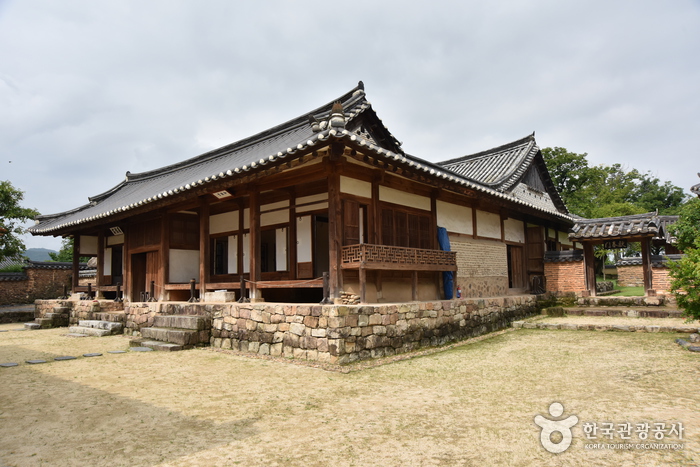
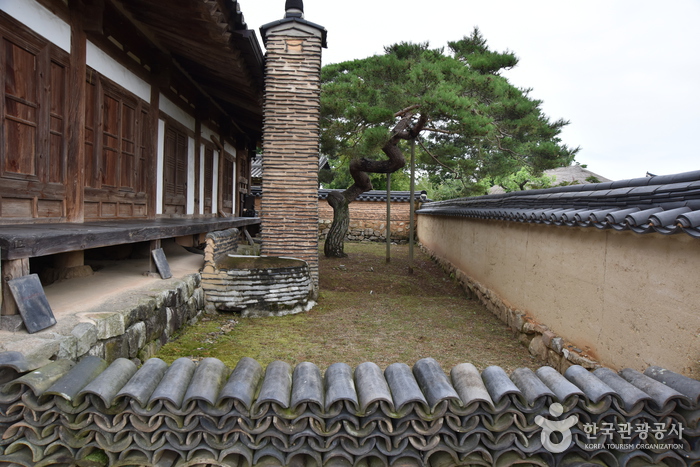
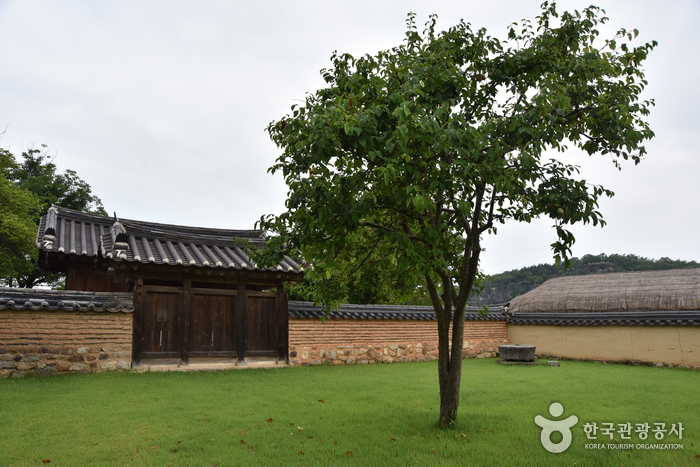
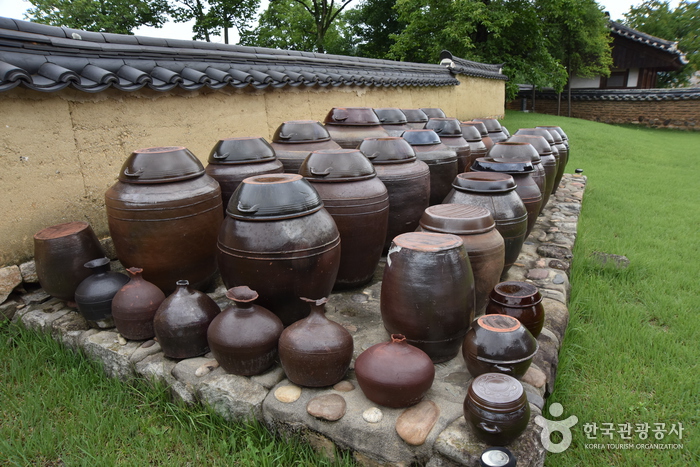
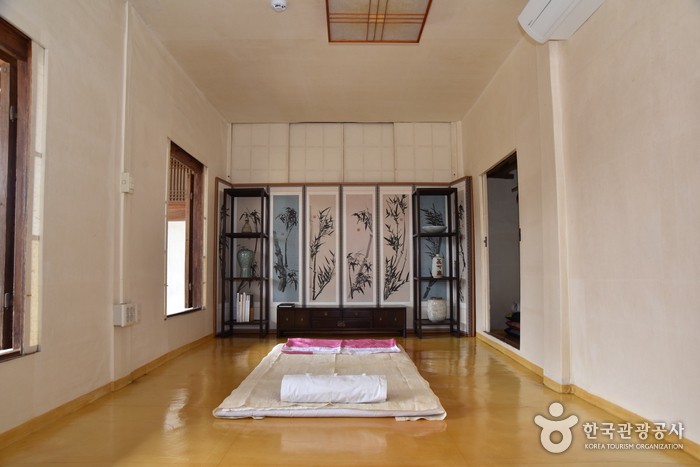
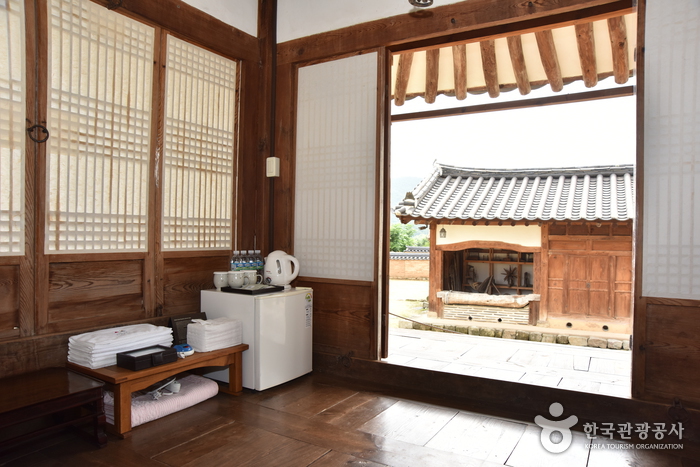
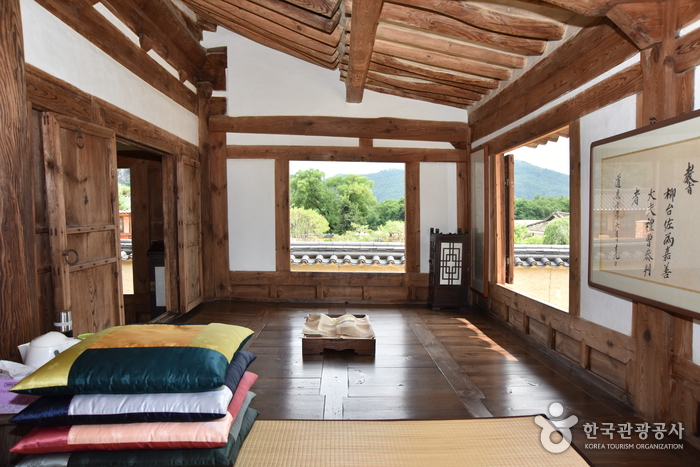
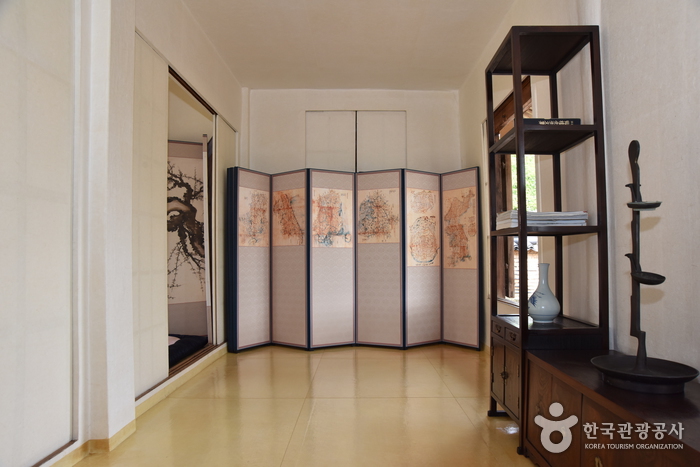
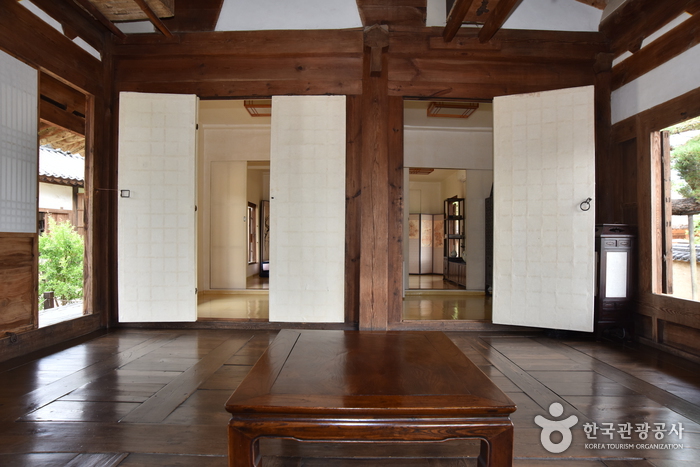
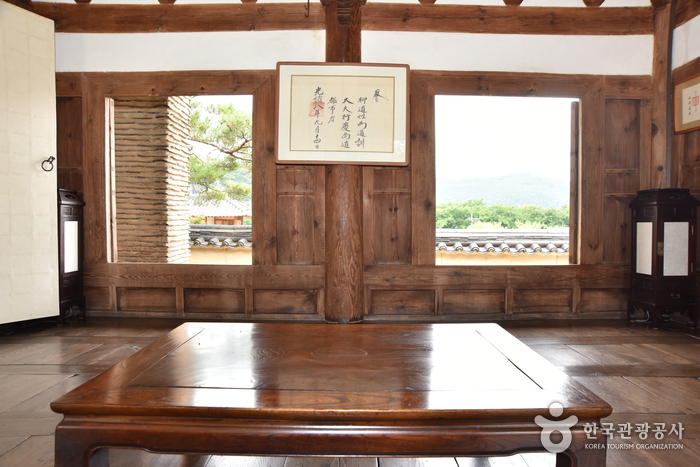
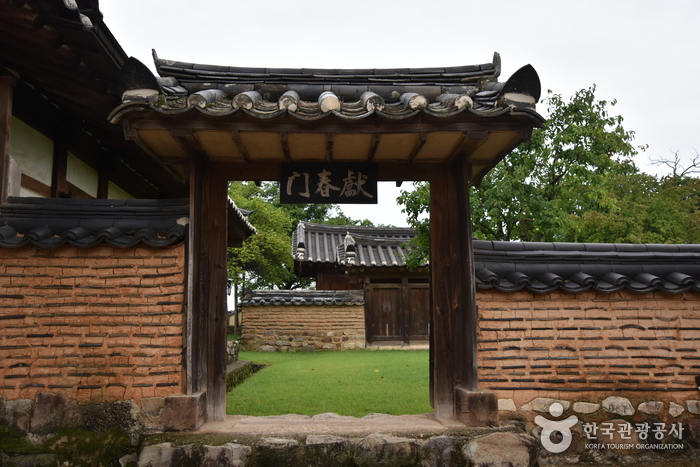
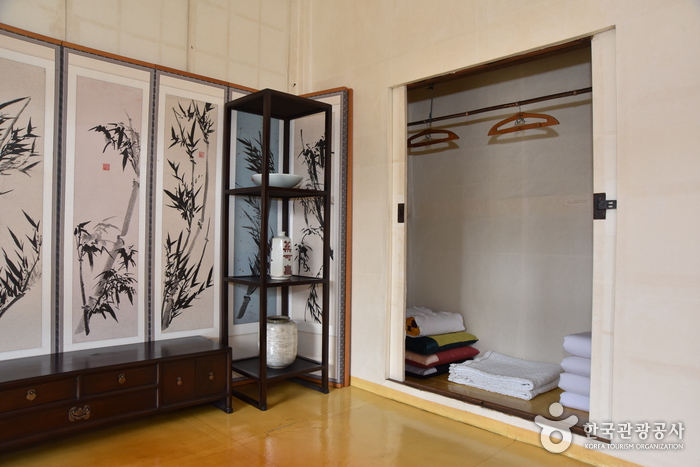
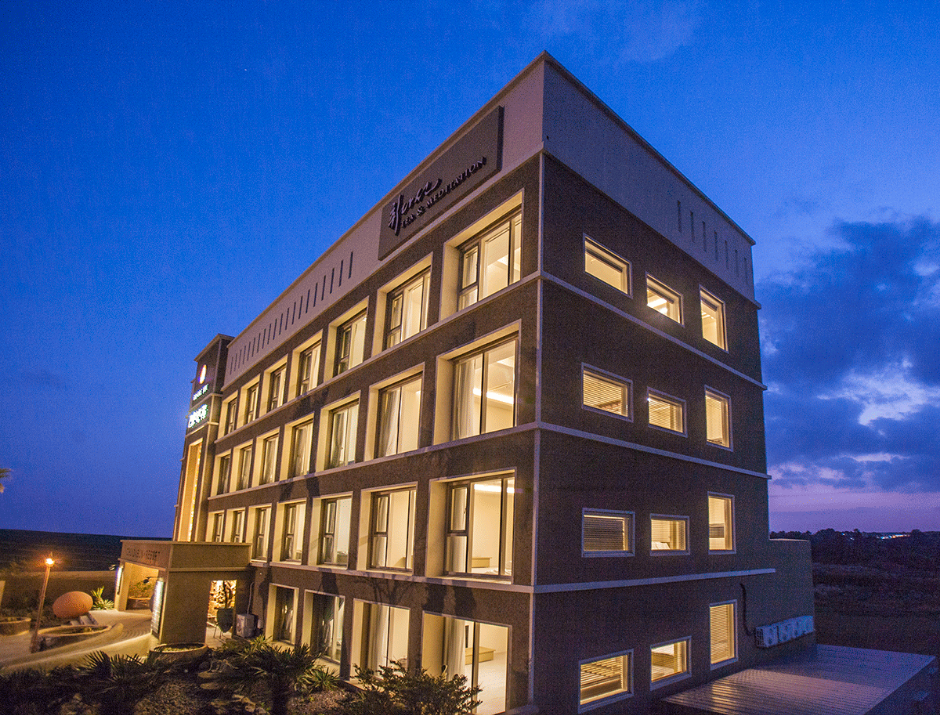
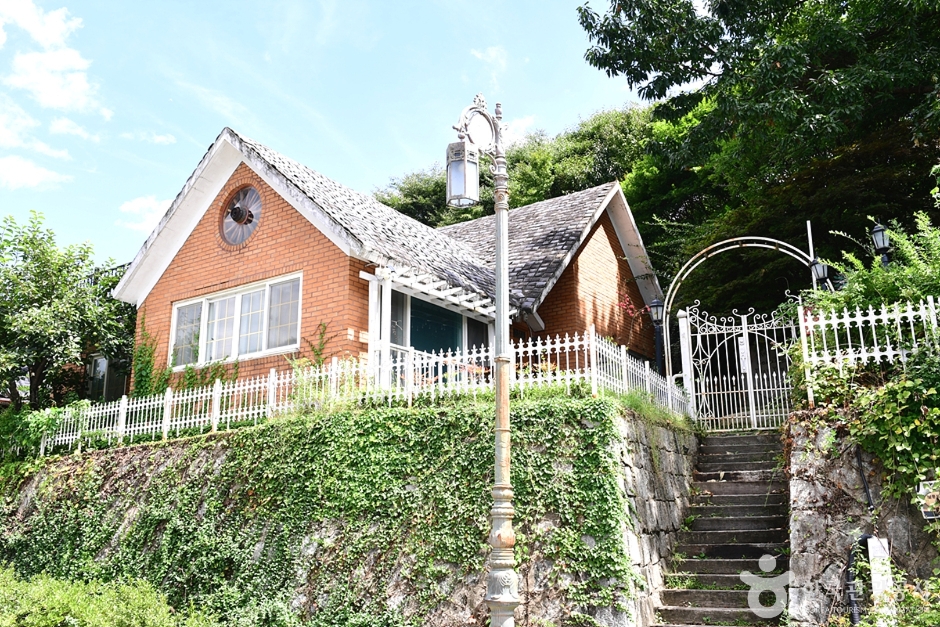
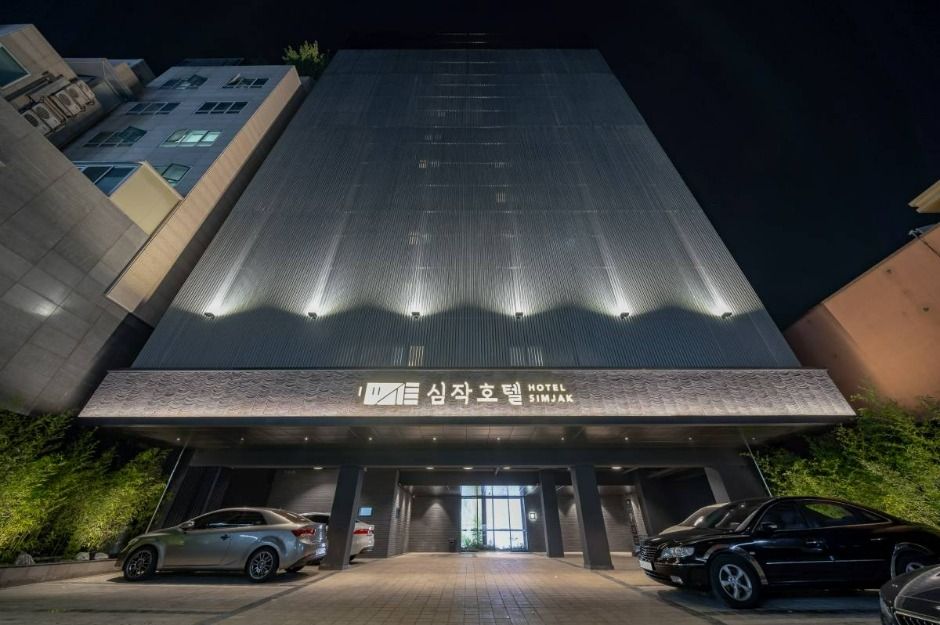
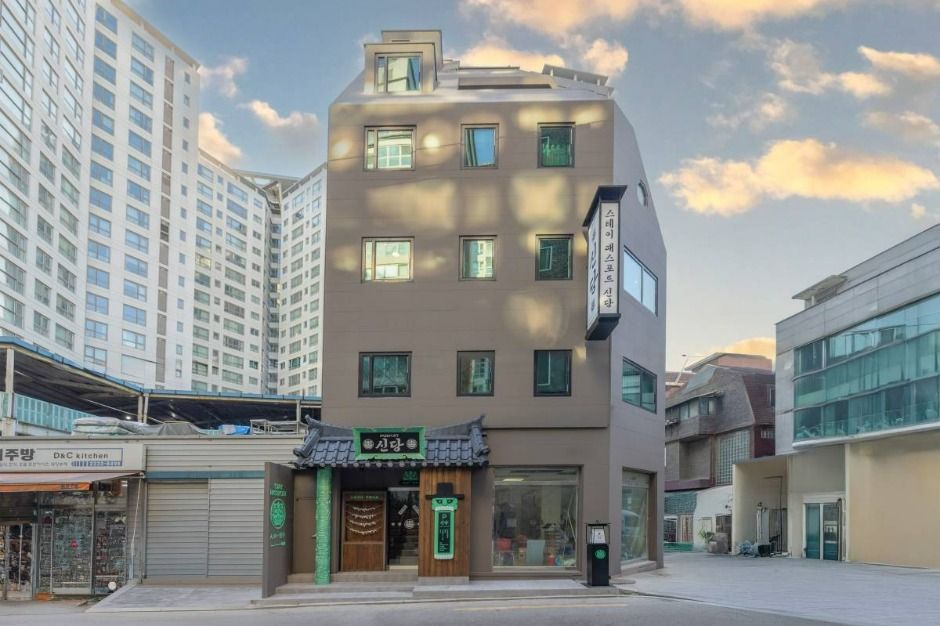
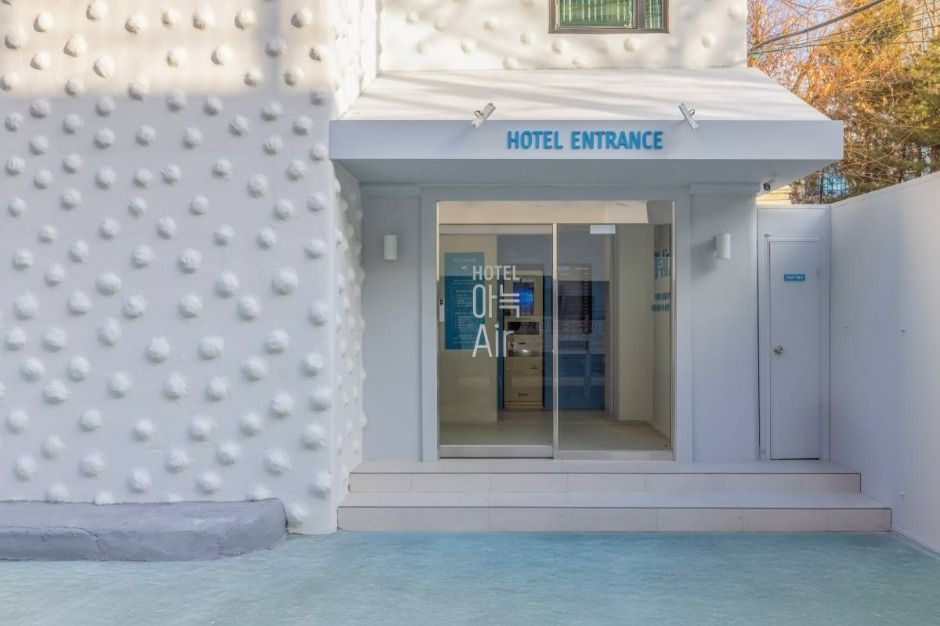
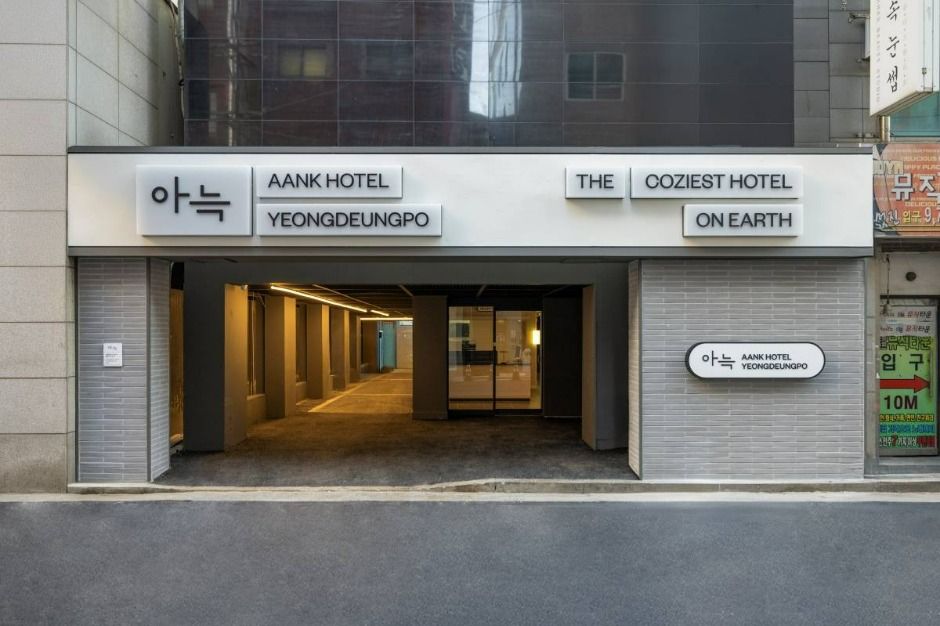
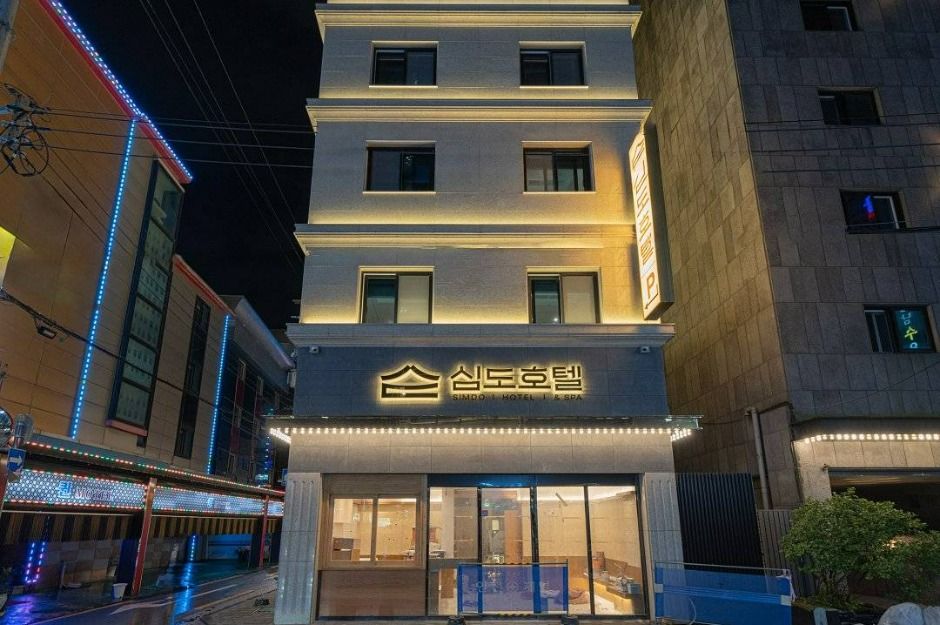
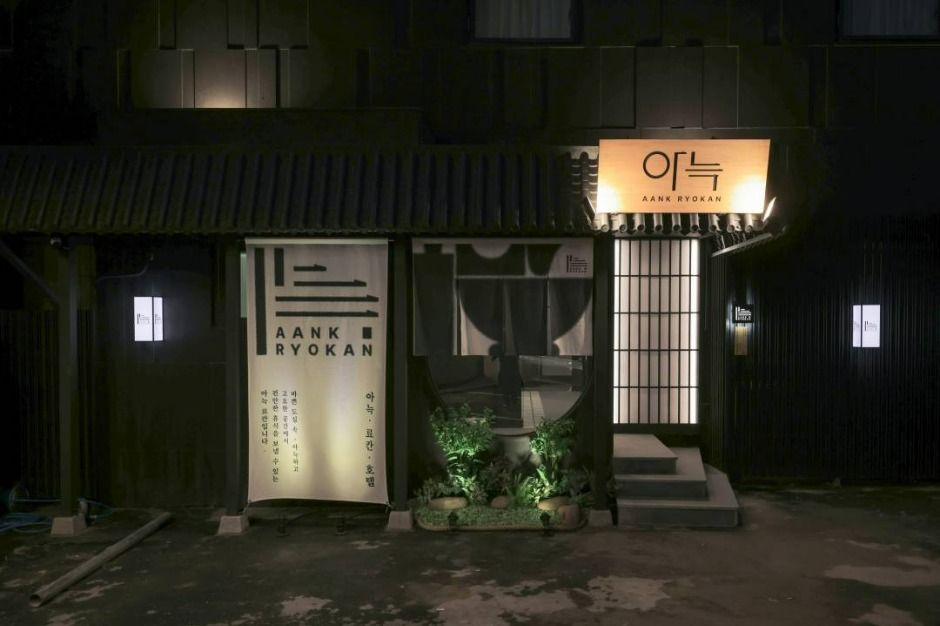
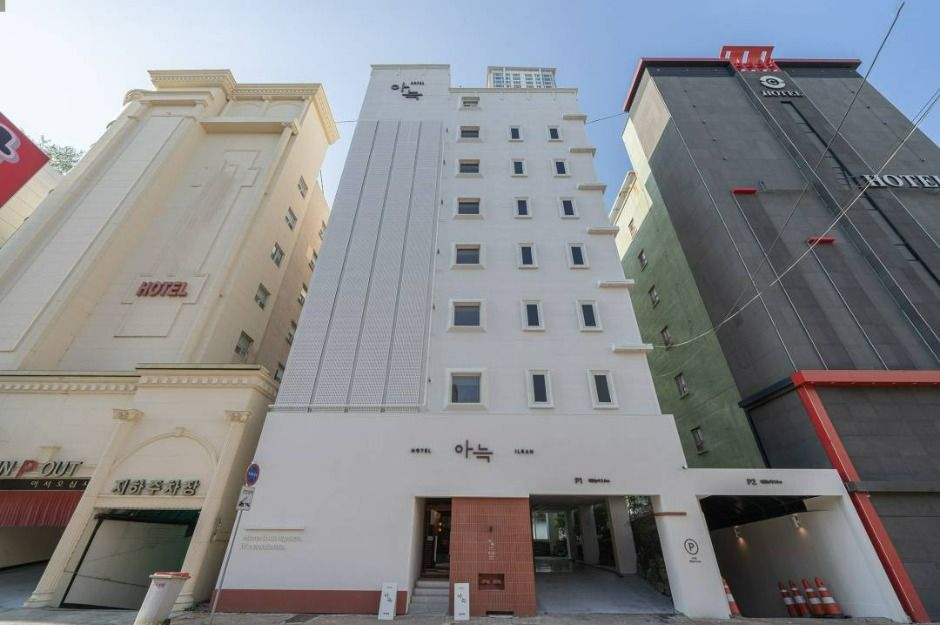
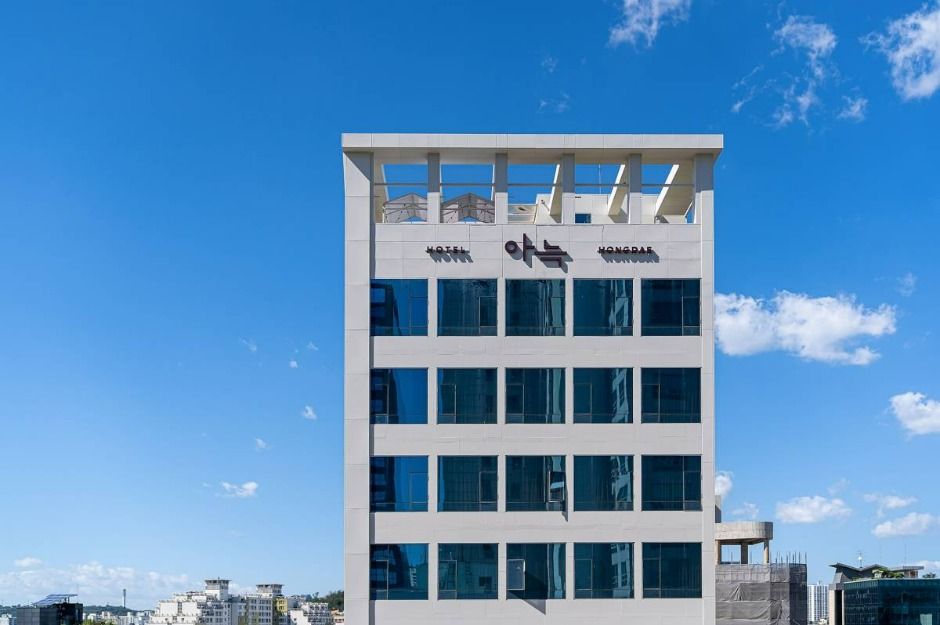
 English
English
 한국어
한국어 日本語
日本語 中文(简体)
中文(简体) Deutsch
Deutsch Français
Français Español
Español Русский
Русский